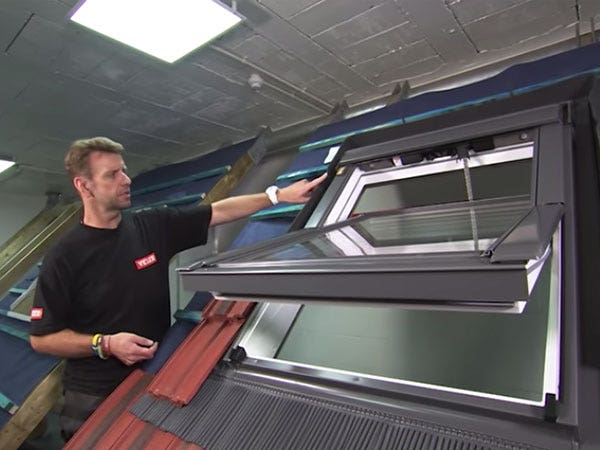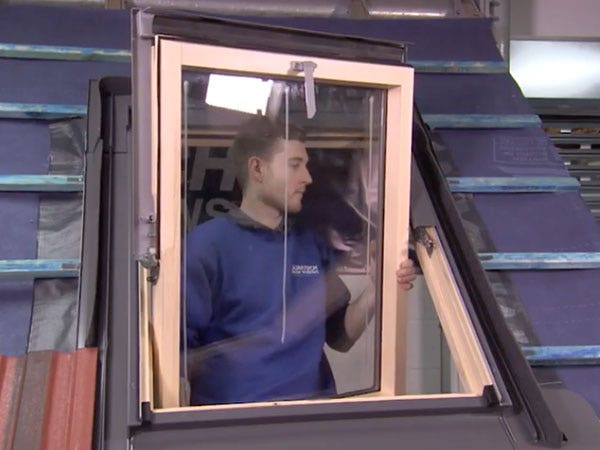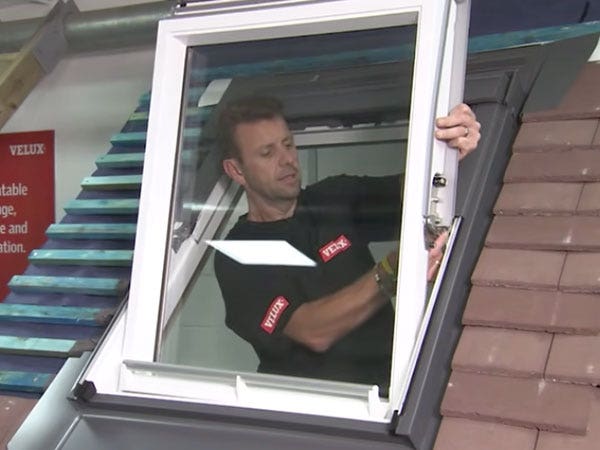When you think about increasing the value of your home, roofing might not be the first thing that springs to mind. Kitchens and bathrooms? Sure. Curb appeal? Maybe. But your roof? It plays a bigger role than you might think — not just in keeping you dry, but in how your home is perceived and valued.
Let’s break it down.
Why Roofing Matters for Home Value
First impressions matter. A worn, patchy or outdated roof can drag down the overall aesthetic of your property — and yes, buyers notice. Your roof covers around 40% of your home’s exterior. That’s a huge visual surface. So if it’s looking tired, it’s going to affect the valuation.
And it’s not just about looks. Potential buyers (and surveyors) are quick to clock roofing issues because they know they’re expensive to fix. If someone’s considering putting in an offer but sees cracked tiles or signs of moss and water damage, they’ll either walk away or knock thousands off their offer.
Roofing Materials and Their Impact on Value
What your roof is made of can be just as important as how it looks.
Slate, for instance, is a premium option. It looks sophisticated, lasts for decades, and instantly gives your home a higher-end feel. But it’s heavy and expensive to install. On the flip side, asphalt shingles are cheap and easy to replace, but they’re more commonly used in budget builds — not necessarily what you want if you’re trying to boost value.
Then there’s metal roofing. It’s sleek, modern, and increasingly popular in UK homes. It also tends to last longer than many other materials, which can be a big selling point.
If you’re weighing up your options, it’s worth exploring our versatile roofing options for any project. Matching material with the style and age of your home matters — a cutting-edge zinc roof might not sit right on a Victorian terrace, while clay tiles could feel too traditional on a new-build.
Longevity and Maintenance Costs
Let’s be real — nobody wants to take on a house with a roof that’s about to fall apart. The more durable and low-maintenance your roof is, the more confident a buyer will feel making an offer.
Certain materials last far longer than others. Slate and metal roofs can go 50+ years with minimal intervention. Compare that with some felt or asphalt roofs that might need replacing after just 15-20 years. And if you’ve ever forked out for roof repairs, you’ll know just how quickly those costs can stack up.
When you’re choosing a roof (or looking at replacing one), think beyond the upfront cost. Factor in how often it will need work, whether parts are easy to source, and what kind of lifespan you’re really getting. Buyers will be doing the same — especially if they’re first-time buyers worried about future expenses.
Energy Efficiency and Insulation Benefits
You might not see your roof’s energy efficiency — but you’ll feel it. And so will any potential buyer.
A well-insulated roof keeps heat in during winter and blocks excess warmth in the summer. That translates to lower heating bills and a more comfortable home, which is a huge selling point right now.
If your current roof is poorly insulated, upgrading it could not only improve your EPC rating (which estate agents love to highlight) but also make your home more appealing in a cost-conscious housing market.
There’s also the environmental factor. Sustainable living is on more people’s minds than ever. A roof that supports solar panels or uses recyclable materials can increase interest from eco-minded buyers.
Regional Preferences and Local Property Trends

Here’s something people often forget: roofing isn’t just a personal choice — it’s also a geographic one.
What works for a house in Cornwall might not be the right fit for a home in the Scottish Highlands. Local planning restrictions, neighbourhood norms and weather patterns all come into play.
In some areas, buyers might expect a very specific look — for example, Cotswold stone tiles in certain parts of Gloucestershire. Go too far outside the local aesthetic and you risk turning people off.
If you’re unsure what buyers in your area are looking for, pay attention to nearby listings. What materials are being used on recently renovated homes? How do those roofs influence the overall listing price?
And don’t underestimate curb appeal. Something as simple as roof colour can play a surprising role — you can see more on why roof colour matters when trying to boost property value.
Signs Your Roof May Be Hurting Home Value
Not sure if your roof’s an asset or a liability? There are some clear warning signs that it might be dragging your property value down:
Water stains or damp patches inside
Buyers will look up at your ceilings during a viewing. If they spot a brown water ring or warped plaster, alarm bells go off.
Missing or cracked tiles
This one’s visible from the street and gives off instant “this house hasn’t been maintained” energy — not what you want.
Sagging rooflines
Even a slight dip can imply structural issues. It’s a red flag, and it will get flagged in a home survey.
Outdated style
If your roof looks like it belongs to another decade, it can age your whole property and limit appeal.
Don’t wait for a surveyor to point this stuff out — it’s worth getting a roofing professional to assess the situation before you list your home.
Final Thoughts
If you’re looking to boost your home’s value, your roof might be the upgrade you didn’t realise you needed.
It’s not just about replacing a few tiles or giving it a power wash (though that can help). The materials you choose, how well they perform, and how they fit your local area can all have a measurable impact on how your home is valued — and how quickly it sells.
Whether you’re planning to stay for years or you’ve got one foot out the door, a good roof is an investment that pays you back. Think of it as the crown of your home — make sure it shines.






